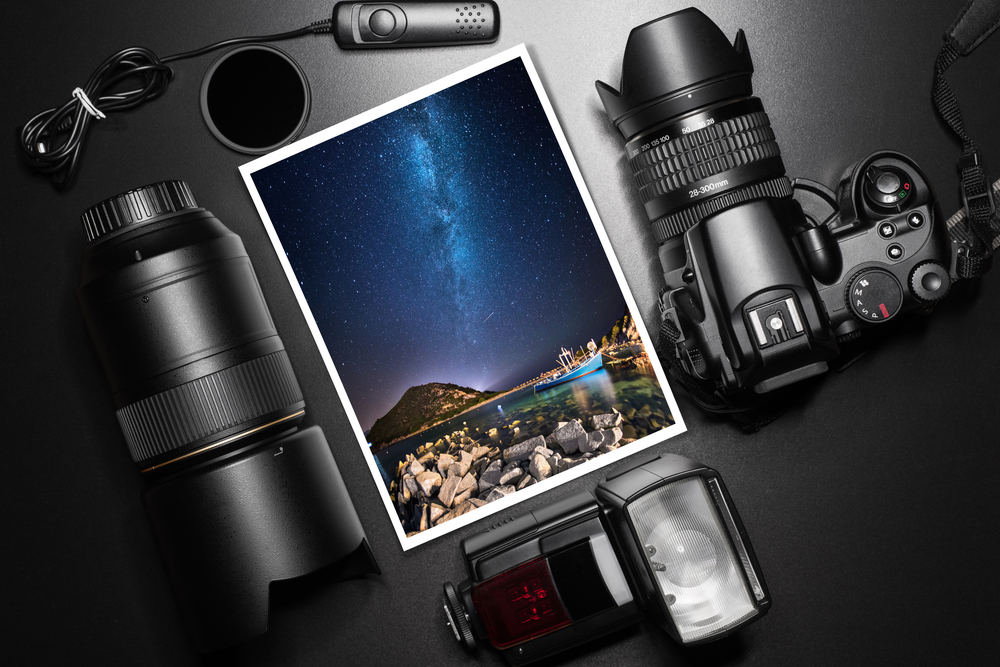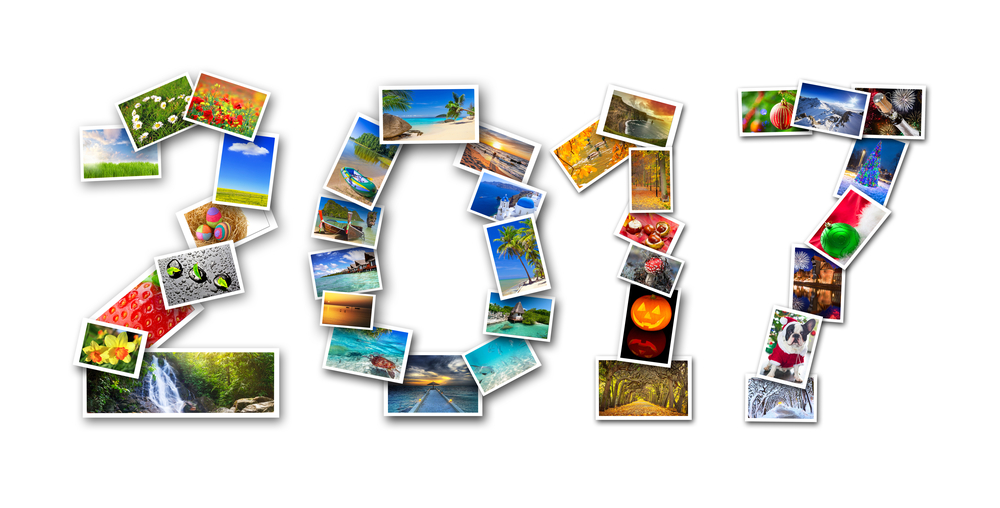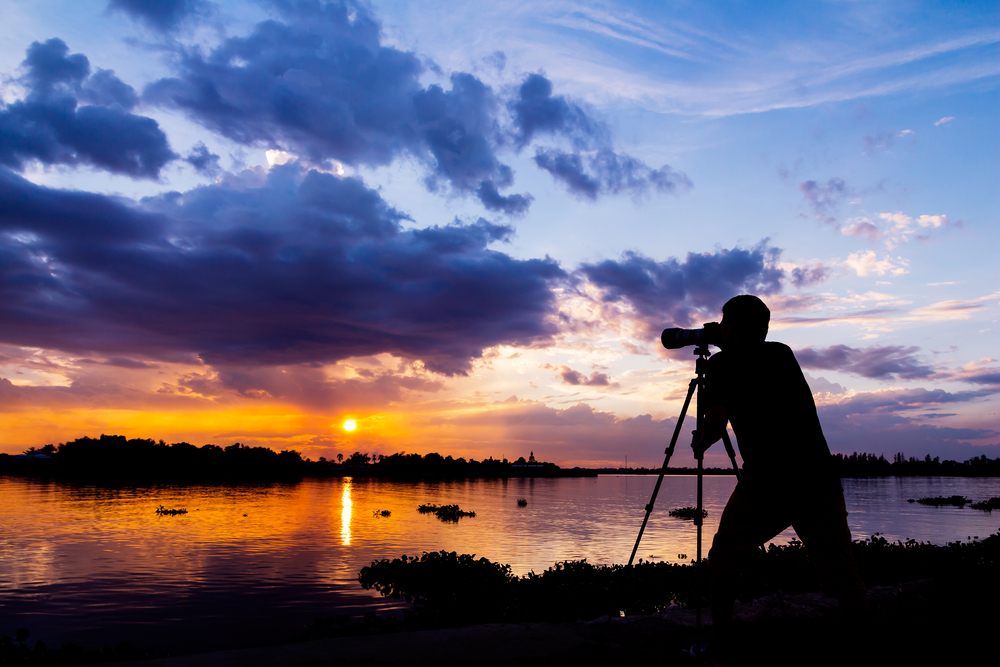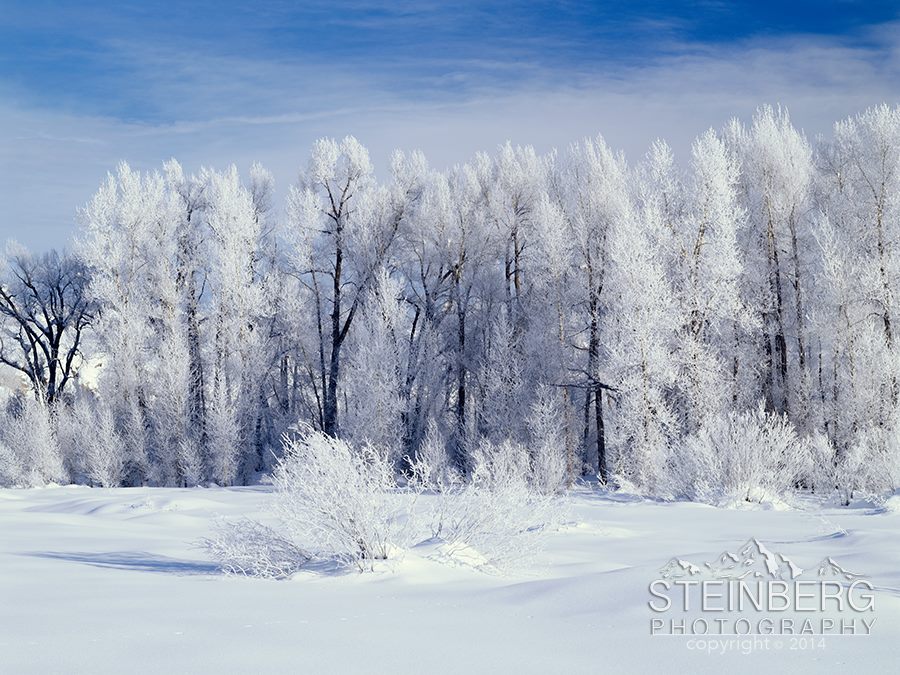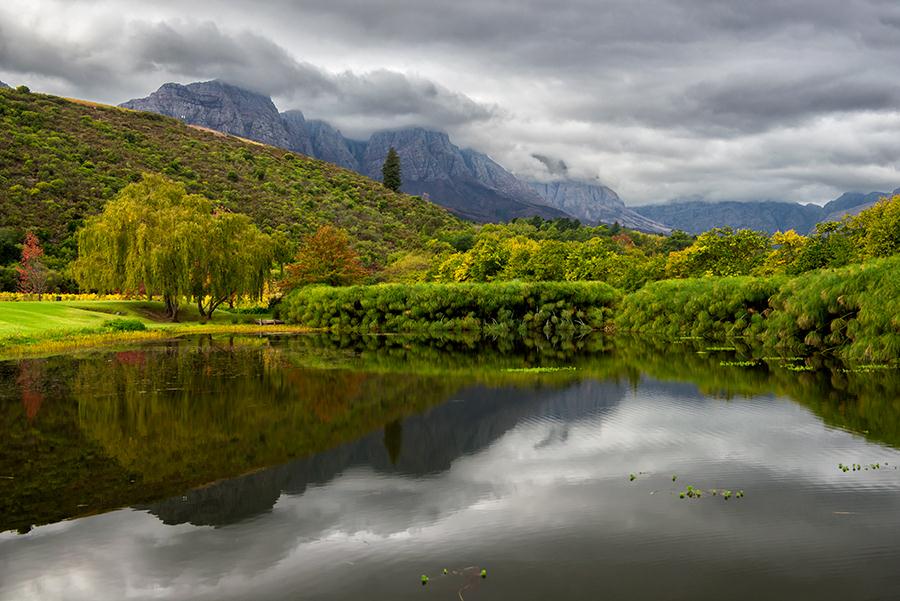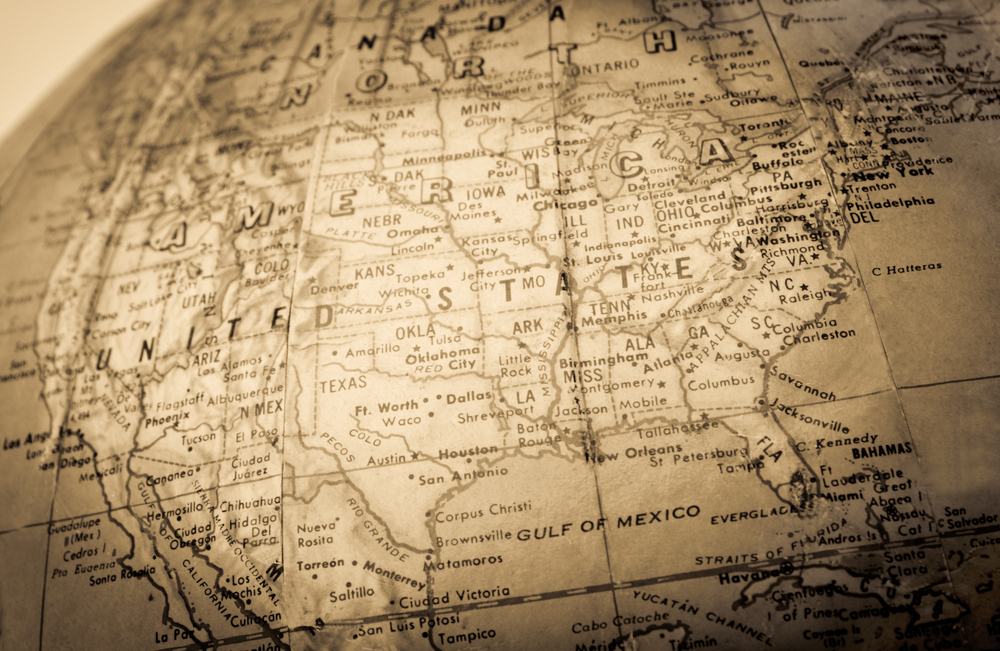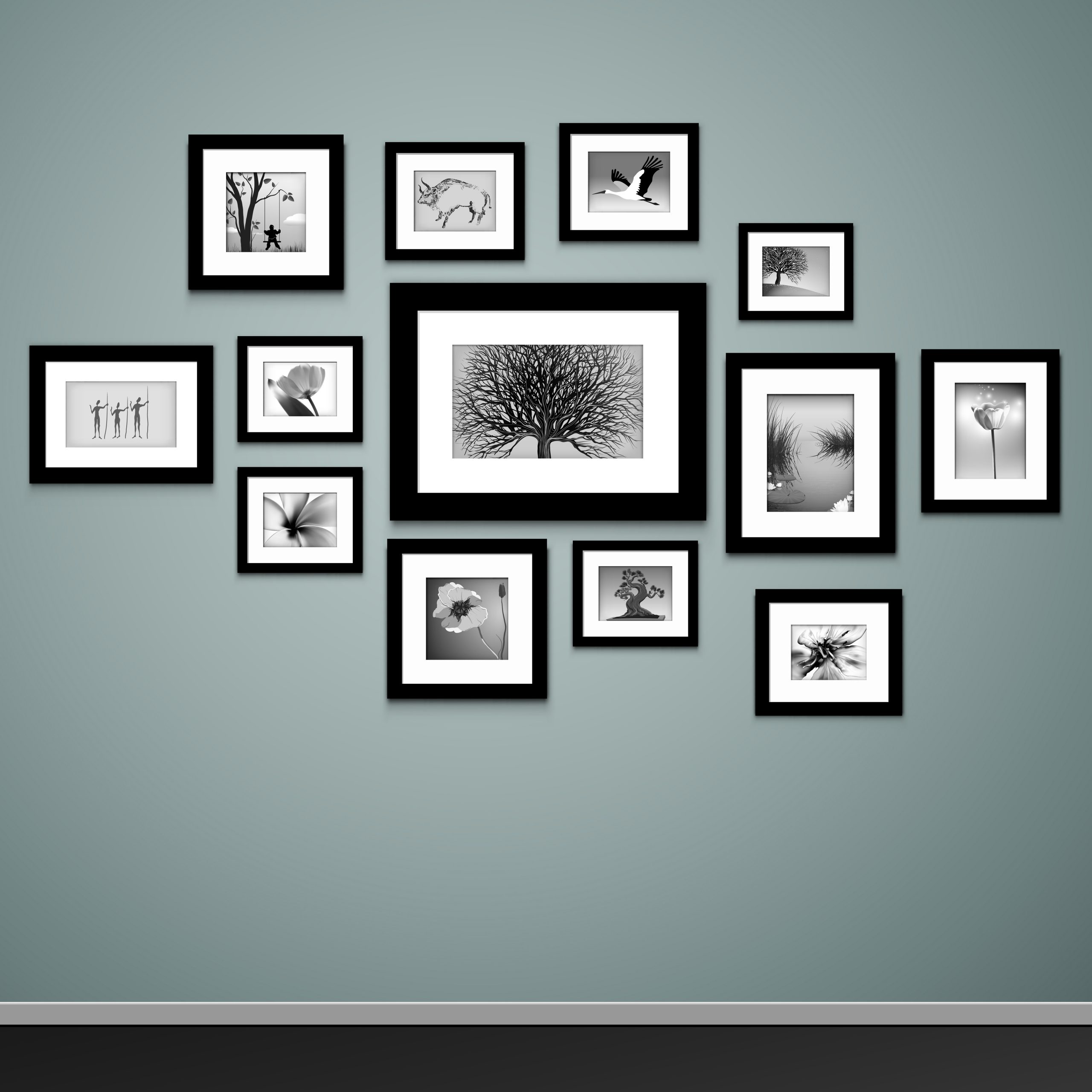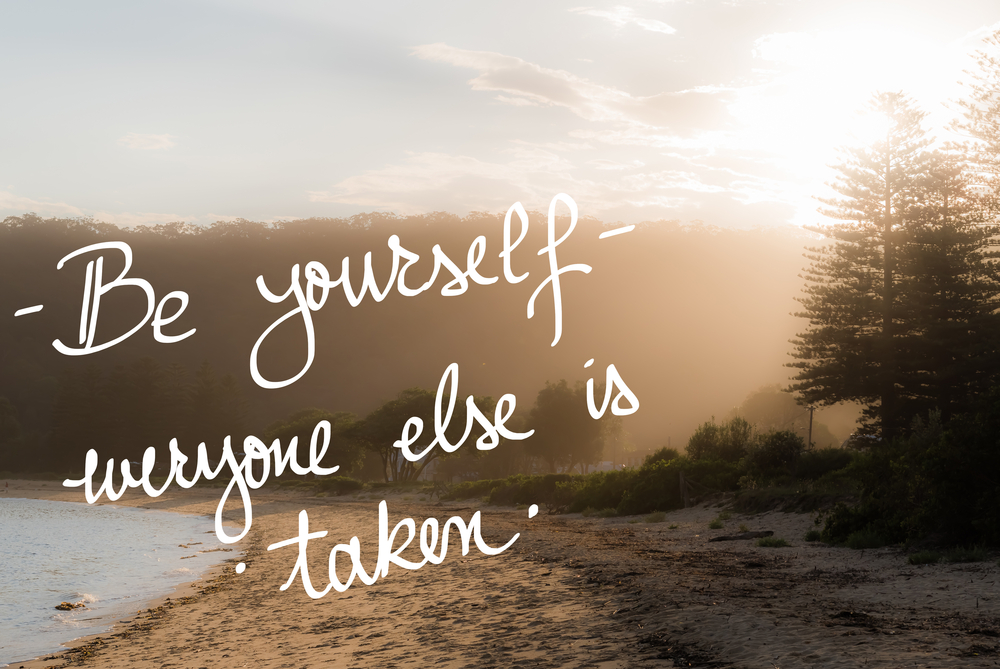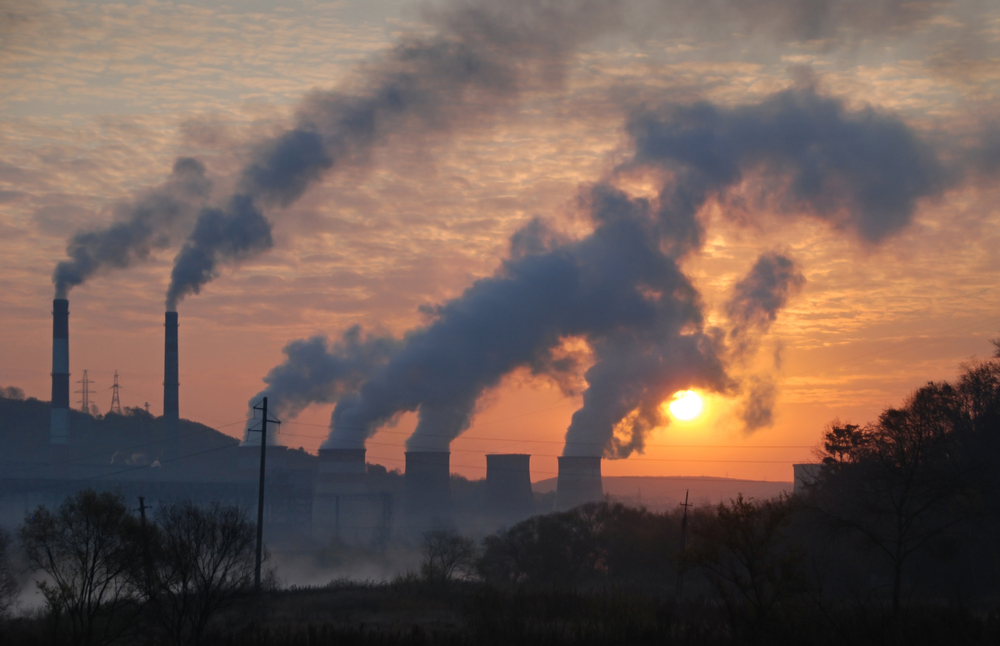Want to learn how to store your photography prints? You’re in the right place.
Photographs are important whether they are mementos, keepsakes or important moments that need to be preserved, but without proper storage, they can easily be lost forever. Fortunately, whether you have actual, physical photography prints or keep everything in a digital format, there are some simple techniques you can utilize to help ensure that your photographs and family heirlooms remain well-preserved for many generations. Here’s what you need to know.
How-To: Storage for Digital Photographs
Many people erroneously assume that once captured their digital images will last forever. The reality is that you must be proactive to make this happen. The first step is to have at least two copies of all of your important digital photos. You can keep one on your hard drive, but always place your second copy on removable media and store it in a fireproof safe or away from the place you keep the original image.
Check your digital files annually and make new copies at least once every five years. This will help you avoid file corruption that could destroy your images. Cloud storage is another ideal way to back up your photos. It’s important to choose a cloud provider in a different state for better protection from data loss caused by a natural disaster. Think of it like NASA where everything can, should be and is redundant.
How-To: Storage for Physical Photography Prints
Archival quality paper and ink is your best bet for photographic prints. You’ll also want to ensure that you use acid free materials. For example, you can safely store prints in acid free photo albums or storage boxes. Acid free mats should be used inside of frames, and make sure to choose glass or acrylic that offers UV protection. You should always keep prints out of direct sunlight and more than 4 feet away from fluorescent lighting to avoid ink fading.
Next Step? Learn How to Take Storage-Worthy Landscape Photographs
Do you want to transition from taking snapshots to capturing stunning landscape photos? Steinberg Photography offers workshops and photo tours with professional photographer Jim Steinberg. Visit our homepage to learn more about taking storage-worthy landscape photographs!

